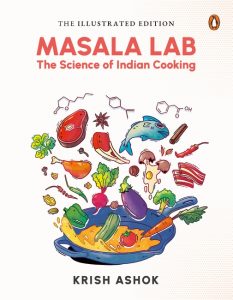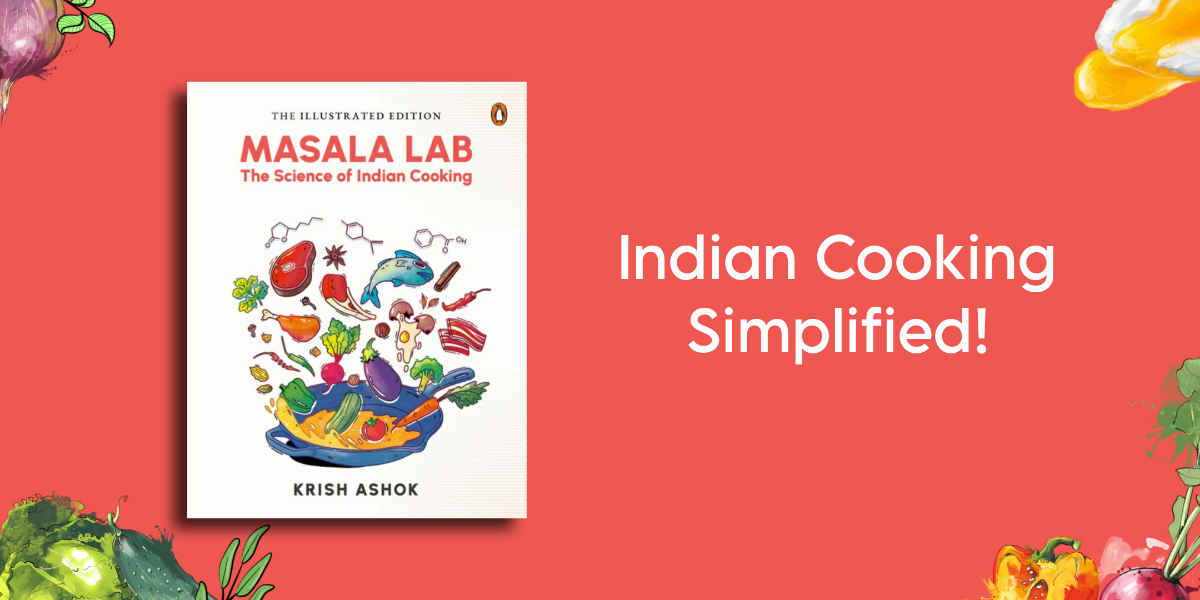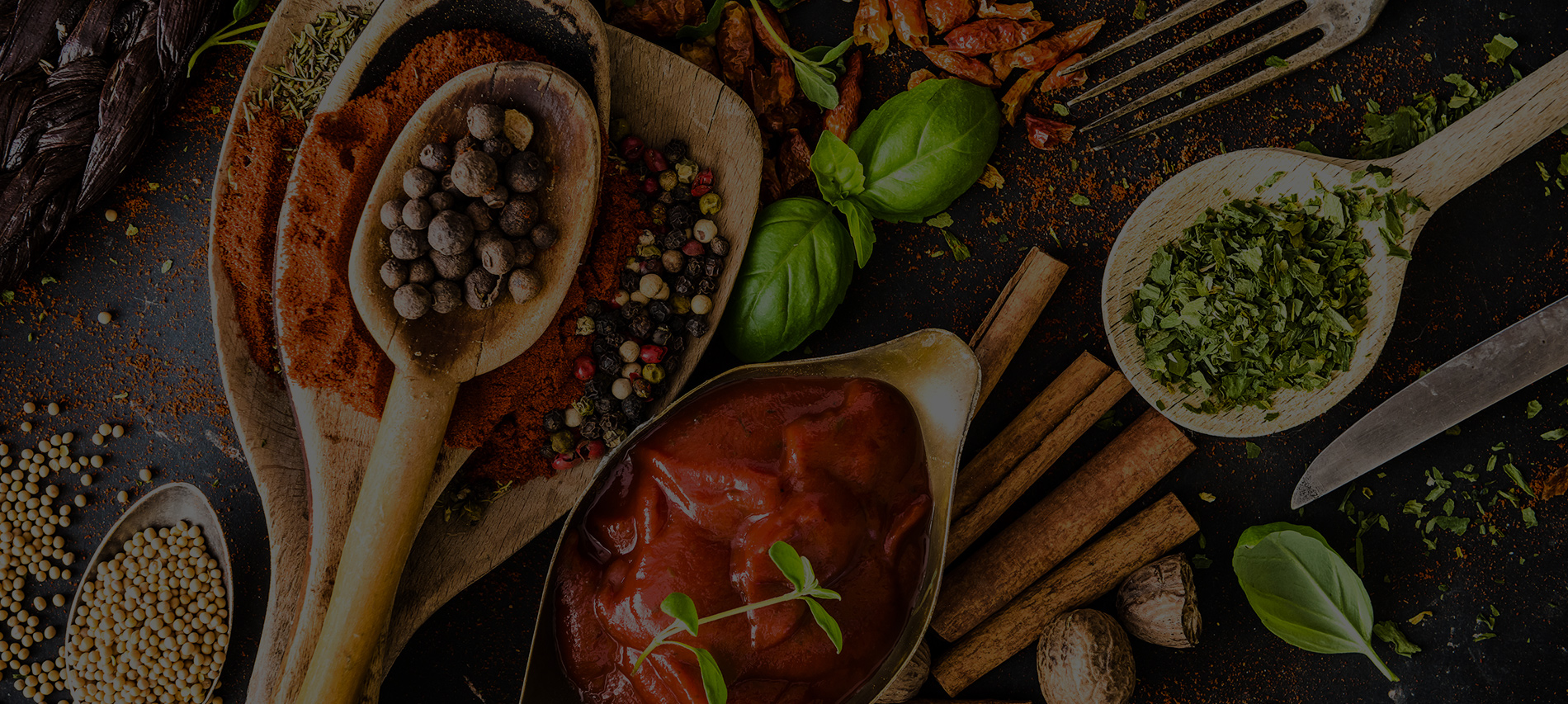Ever wondered how to whip up the essence of India’s diverse flavors in your own kitchen? Krish Ashok‘s The Illustrated Masala Lab has the answer! Dive into an inquisitive world where cooking algorithms meet urban ingredients, and unlock a symphony of irresistible tastes. Ready to revolutionize your cooking game? You might to test the special theory of Indian Cooking!
Read this excerpt to spice up your life, one recipe at a time!

***
Special Theory of Indian Cooking(Conditions Apply)
Let us first get the conditions out of the way. This generalized set of algorithms will not cover every single culinary tradition in India. It will, for the most part, restrict itself to urban, middle class India, the kinds of ingredients that are likely to be available and cooking techniques that are practical in a smallish apartment. So, no tandoors, no wood fire and no nomadic horseman-style dum cooking by burying meat and rice into the ground with coal embers.
The second condition is that culinary traditions in India not only vary across state and linguistic boundaries, but also by caste and community, which is why the examples here will largely be restricted to the kinds of dishes available in run-of-the-mill restaurants. So forgive me if I have missed out Cudappah cuisine while including Hyderabadi. The intent here is to arm you with a way of thinking that will help you make a specific dish from, say, Odisha with confidence. The algorithms themselves may not cover every single sub-cuisine in the country. If this chapter ignores your community and state’s cuisine, it’s not deliberate. The examples are for representative purposes only. You can instantiate a version of this for your cuisine rather easily.
The third and final caveat is that we shall keep aside that universe within a universe of starters, snacks and tiffin items, because trying to cram that in will be the equivalent of boiling the Indian Ocean. Instead, we shall stick to gravies, rice dishes, breads, chutneys/raitas and salads. These algorithms will give you a wide-enough repertoire to start with. The rest of the journey, as always, is up to you. Treat this like high-school science education. University is on you.
So, the special theory of Indian cooking starts with the all-important question: What do you want to cook? Depending on your answer, you can opt for the following paths:
1. The Indian gravy algorithm: This will present a generalized algorithm and metamodel for preparing vegetables, legumes, meat or eggs in a sauce-like gravy that is flavoured in a specific regional style, like Malabar, Punjabi or Bengali.
2. The rice dish algorithm: A generalized method for preparing steamed rice, flavoured rice, khichdi, pulao and rice for biryani. There are numerous other ways of cooking rice in the subcontinent, but these five are the most utilitarian.
3. The Indian bread algorithm: Standardized and consistent methods for preparing doughs for unleavened breads (chapatti and paratha), leavened breads (naan and kulcha) and non-gluten-based breads (bajra or jowar roti). We will stop at the dough stage because rolling and baking/tawa operations are better learnt by watching an experienced hand. You can’t learn it from a book.
4. The chutney and raita generator: A metamodel for generating your own chutney and raita recipes from whatever ingredients you have available.
5. The salad generator: A metamodel for generating your own salad recipes by hitting the right balance of greens, crunch, protein, acid and flavouring.
The second question to ask is: How do you want to make this dish?
1. I’d like to see what’s in my fridge and pantry and make the best of it.
2. It’s my wife’s birthday and she is from Panjim, so I am looking to make a dish that evokes a specific regional cuisine, say pork vindaloo.
Once you have the answer to this, you need to execute Step 0, which is prepping the ingredients, after all consistency and productivity require you to approach home cooking the way restaurants do it. Also, prepping is not just cleaning and chopping, it includes a whole range of activities from brining to marinating to steaming and sautéing, all of which will make you a better home cook. In fact, a lot of prep work is actually cooking for the most part.
***
Intrigued to know more?
Get your copy of The Illustrated Masala Lab by Krish Ashok wherever books are sold.















